Please help me design a good conifer planting...
jraz_wa
16 years ago
Related Stories
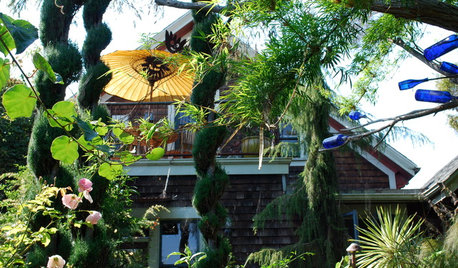
PLANTING IDEASDesigning With Conifers: How to Unite Your Landscape
Create a landscape full of intrigue and artistry with the right placement of conifers and their supporting players
Full Story
GARDENING GUIDESDesigning With Conifers: Find the Perfect Fit for Your Landscape
Conifers range from fairy-garden size to 70 feet tall. Here’s how to decifer the plant tag for the perfect long-term fit in your garden
Full Story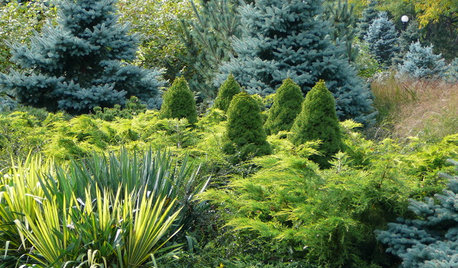
PLANTING IDEASDesigning With Conifers: Layers of Texture for Your Garden
Sharp and prickly or fine like ferns, richly textured conifers bring unexpected interest to the landscape
Full Story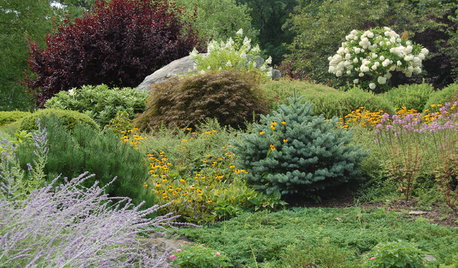
GARDENING GUIDESDesigning With Conifers: Finding the Right Garden Bedmates
In gardening, building on commonalities creates an enduring relationship
Full Story
GARDENING GUIDESGreat Design Plant: Silphium Perfoliatum Pleases Wildlife
Cup plant provides structure, cover, food and water to help attract and sustain wildlife in the eastern North American garden
Full Story
GARDENING GUIDESGreat Design Plant: Ceanothus Pleases With Nectar and Fragrant Blooms
West Coast natives: The blue flowers of drought-tolerant ceanothus draw the eye and help support local wildlife too
Full Story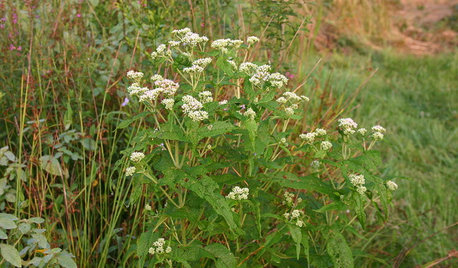
GARDENING GUIDESGreat Design Plant: Common Boneset Helps Good Bugs Thrive
Support bees, moths and butterflies with the nectar of this low-maintenance, versatile and tactile prairie-style plant
Full Story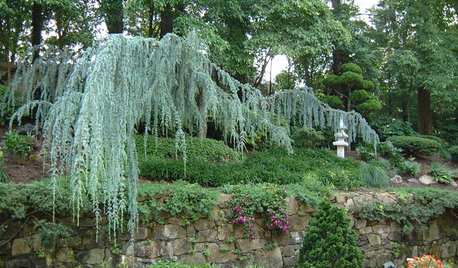
PLANTING IDEASDesigning With Conifers: Exploring Color
Colorful, structural and adaptable, conifers are waiting to transform your garden
Full Story
GARDENING GUIDESGreat Design Plant: Snowberry Pleases Year-Round
Bright spring foliage, pretty summer flowers, white berries in winter ... Symphoricarpos albus is a sight to behold in every season
Full StorySponsored









prairiegirlz5
dcsteg
Related Discussions
Good plant/tree/conifer for foundation plant
Q
Please help me with this plant... Is this Weed or Something Good?
Q
please help me chose some tall conifers for tight area
Q
Please help me know if this is a good plant or what....
Q
gardengal48 (PNW Z8/9)
jraz_waOriginal Author
dcsteg
Embothrium
prairiegirlz5
Embothrium
prairiegirlz5
Embothrium
prairiegirlz5
Embothrium
jraz_waOriginal Author
dcsteg
Embothrium
tsugajunkie z5 SE WI ♱
Embothrium
tsugajunkie z5 SE WI ♱
Embothrium
conifers
jraz_waOriginal Author